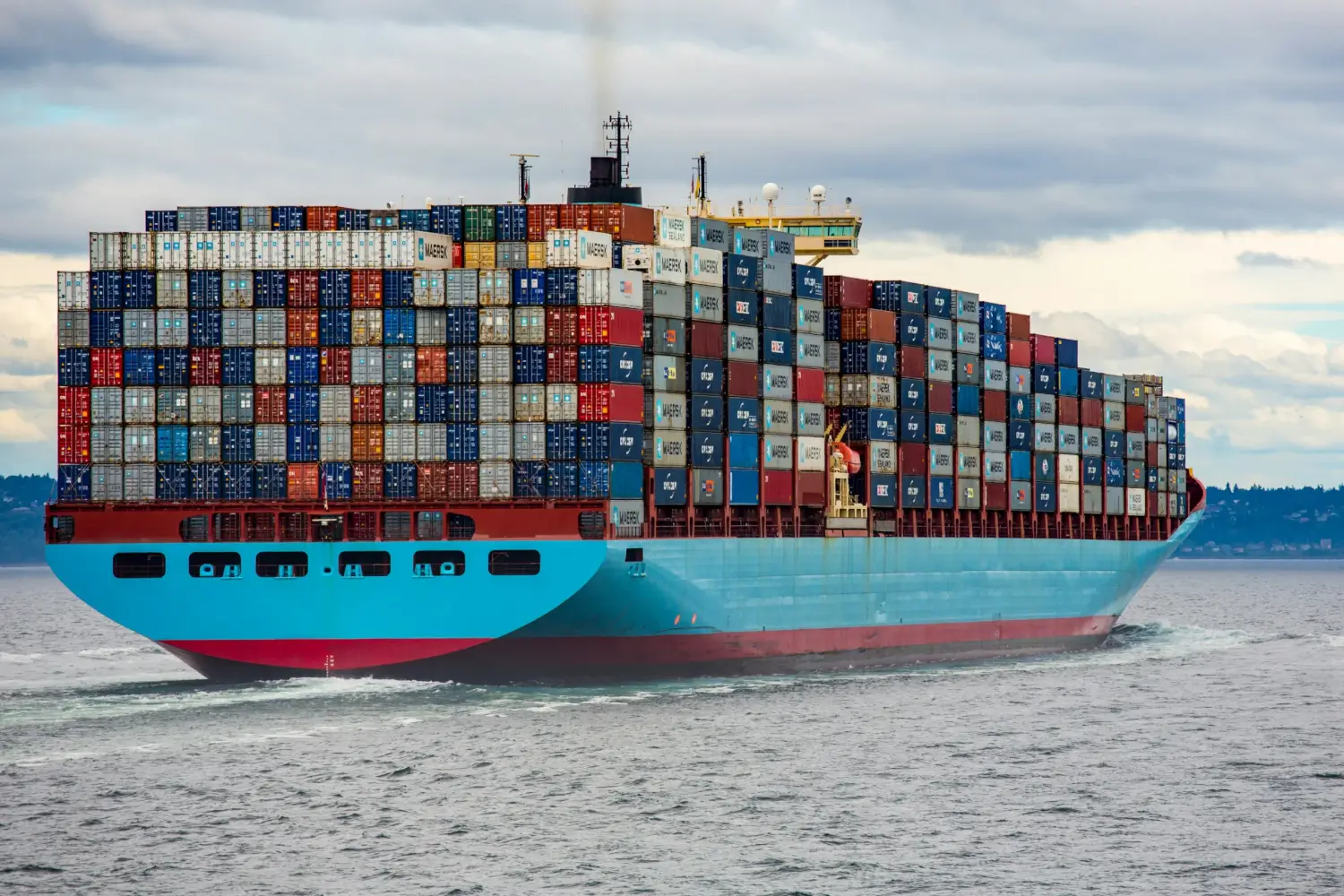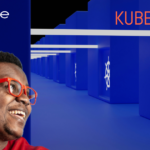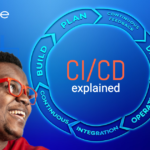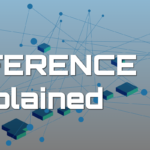Docker Basics for Developers
Welcome to the world of Docker! As a developer, you might have heard about Docker and its importance in the development landscape. In this blog post, we will introduce Docker as a pivotal tool that simplifies the creation, deployment, and running of applications using containers.
What are Containers?
Before diving into Docker, let’s understand what containers are. Containers are lightweight, standalone, and executable packages that include everything needed to run an application, including the code, runtime, system tools, and libraries. They provide a consistent and isolated environment for running applications.
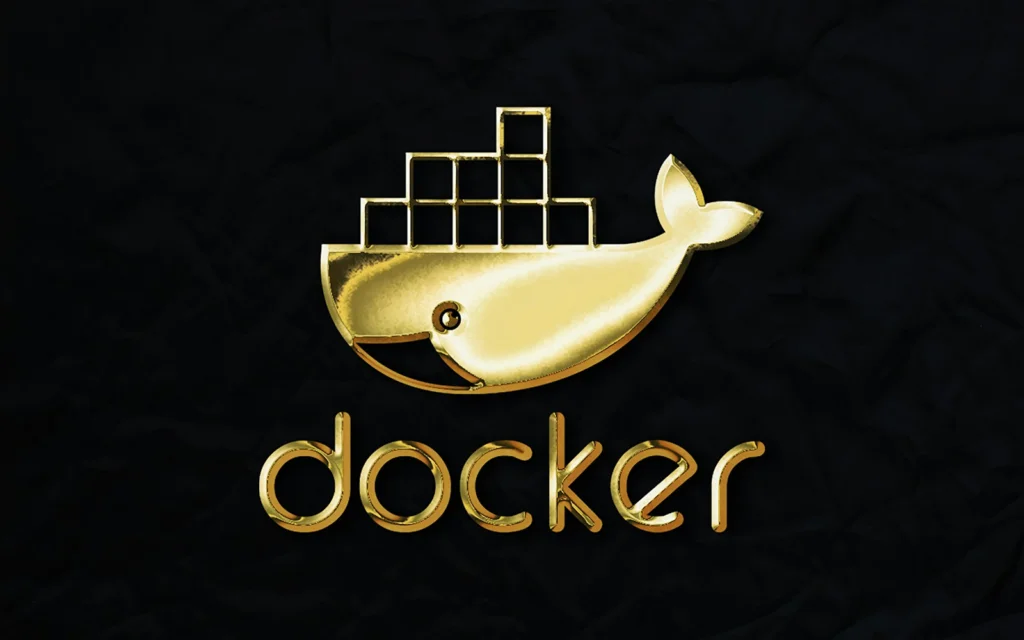
The Role of Docker
Docker, a popular containerization platform, plays a significant role in simplifying the development process. It allows developers to package an application with all of its dependencies into a standardized unit called a container. This container can then be deployed and run on any system that has Docker installed, ensuring consistency across different environments.
With Docker, developers no longer need to worry about the compatibility of their applications with different operating systems or dependencies. Docker eliminates the “it works on my machine” problem by providing a consistent environment for development, testing, and deployment.

Benefits of Docker for Developers
Using Docker has several benefits for developers:
-
Portability: Docker containers can be easily moved across different environments, such as development, testing, and production, without any compatibility issues.
-
Isolation: Each container runs in its own isolated environment, ensuring that changes made to one container do not affect others.
-
Efficiency: Docker containers are lightweight and share the host system’s kernel, resulting in faster startup times and efficient resource utilization.
-
Scalability: Docker allows developers to scale their applications easily by running multiple containers on a single host or across multiple hosts.
Getting Started with Docker
The Docker journey begins with a straightforward installation process, adaptable to various operating systems. Once installed, familiarizing oneself with basic Docker commands becomes crucial.
Commands like
docker pull to fetch images from Docker Hub,
docker run to initiate containers, and
docker build to create images from a Dockerfile lay the foundation for Docker operations, enabling anyone to start containerizing their applications with minimal effort
The Dockerfile – Building Your First Docker Image
A Dockerfile serves as the blueprint for building Docker images. It’s a text document that contains all the commands a user could call on the command line to assemble an image. This file contains a set of instructions that Docker follows to build the image. Starting with a base image, you can add layers by copying application files, setting environment variables, and specifying commands to run. The creation process culminates in an image that’s ready to be instantiated as a Docker container, encapsulating everything needed to run your application seamlessly in any environment .Here’s a basic example of what a Dockerfile might look like:
FROM java:8
COPY PingPong.java /
RUN javac PingPong.java
EXPOSE 8080
ENTRYPOINT ["java"]
CMD ["PingPong"]
In this Dockerfile, we start with a base image (FROM java:8), copy a Java file into the image, compile the Java file, expose a port for the application, and specify the default command to run when the container starts .
Building and running your first Docker image introduces you to the core of Docker’s simplicity and power.
With a single docker build command, you transform a Dockerfile into a runnable image that encapsulates everything your application needs to run. This process not only simplifies development but also ensures that your application can run anywhere Docker is installed.
Running Containers: The Basics and Beyond
Running Docker containers is the heart of what makes Docker so powerful for developers. After creating an image, you can run it in a container on any system where Docker is installed.
The docker run command is the key to this process, offering various options for controlling the container’s execution environment. Advanced options like -d for running in detached mode, -p for port mapping, -v for volume mounting, and --name to name your container, provide the flexibility needed for complex development and deployment scenarios.
Meet Docker Desktop
For beginners, Docker Desktop simplifies learning Docker by providing a graphical user interface (GUI) to manage containers, applications, and images directly. This GUI is invaluable for those new to Docker, as it makes the software more approachable and understandable. The platform supports a wide range of development workflows, including the use of local containers for development, which can then be easily pushed to test environments for automated or manual testing. This streamlined workflow supports continuous integration and delivery (CI/CD) processes, making it easier to move from code writing to production. Docker’s ability to package and run applications in containers ensures a consistent environment from development to production, alleviating the “it works on my machine” problem and enhancing collaboration among developers.
As a developer new to Docker, I’ve found Docker Desktop to be an indispensable tool. Its straightforward installation process across Mac, Windows, or Linux, combined with the ability to build, share, and run containerized applications, significantly streamlines development. By bringing together essential components like the Docker daemon, Docker client, Docker Compose, and Kubernetes into one interface, it not only simplifies the development workflow but also ensures a secure and scalable application development environment. For anyone aiming to speed up development while maintaining consistency and security across various environments, Docker Desktop is a game-changer.
Ajay / Developer at SAYGE
For those interested in downloading Docker Desktop and learning more about its benefits for beginners, more detailed information and download options are available on Docker’s official website: Docker Desktop.
Simplifying Development with Docker: Real-World Use Cases
Microservices Architecture:
Docker is perfect for developing and deploying microservices. By isolating services in separate containers, developers can work on individual components without affecting others, simplifying testing and deployment.
Continuous Integration and Deployment (CI/CD):
Docker streamlines CI/CD pipelines by ensuring consistency across development, testing, and production environments. This consistency reduces the “it works on my machine” problem and accelerates deployment cycles.Container Orchestration with DockerAs applications grow, managing individual containers becomes cumbersome. Docker Compose is a tool that simplifies the management of multi-container applications. By defining a YAML file, developers can configure and start all the services of an application with a single command, streamlining the development and testing of complex applications.Monitoring and Managing Containerized Applications.
Monitoring Containers
Prometheus and Grafana:
For monitoring and observability, Docker integrates well with tools like Prometheus for metrics collection and Grafana for visualization. This combination allows developers to keep a close eye on their applications’ performance and health, ensuring they can react quickly to any issues.
Ressources To Learn Docker
- Official Docker Documentation: https://docs.docker.com/
- Docker Hub: https://hub.docker.com/
- Atlassian Docker Guide: https://www.atlassian.com/docker
So you see Docker is a powerful tool that simplifies the development process by using containers. It provides developers with the ability to package their applications and dependencies into a standardized unit, ensuring consistency and portability across different environments. By adopting Docker, developers can focus more on writing code and less on dealing with complex deployment and compatibility issues.
